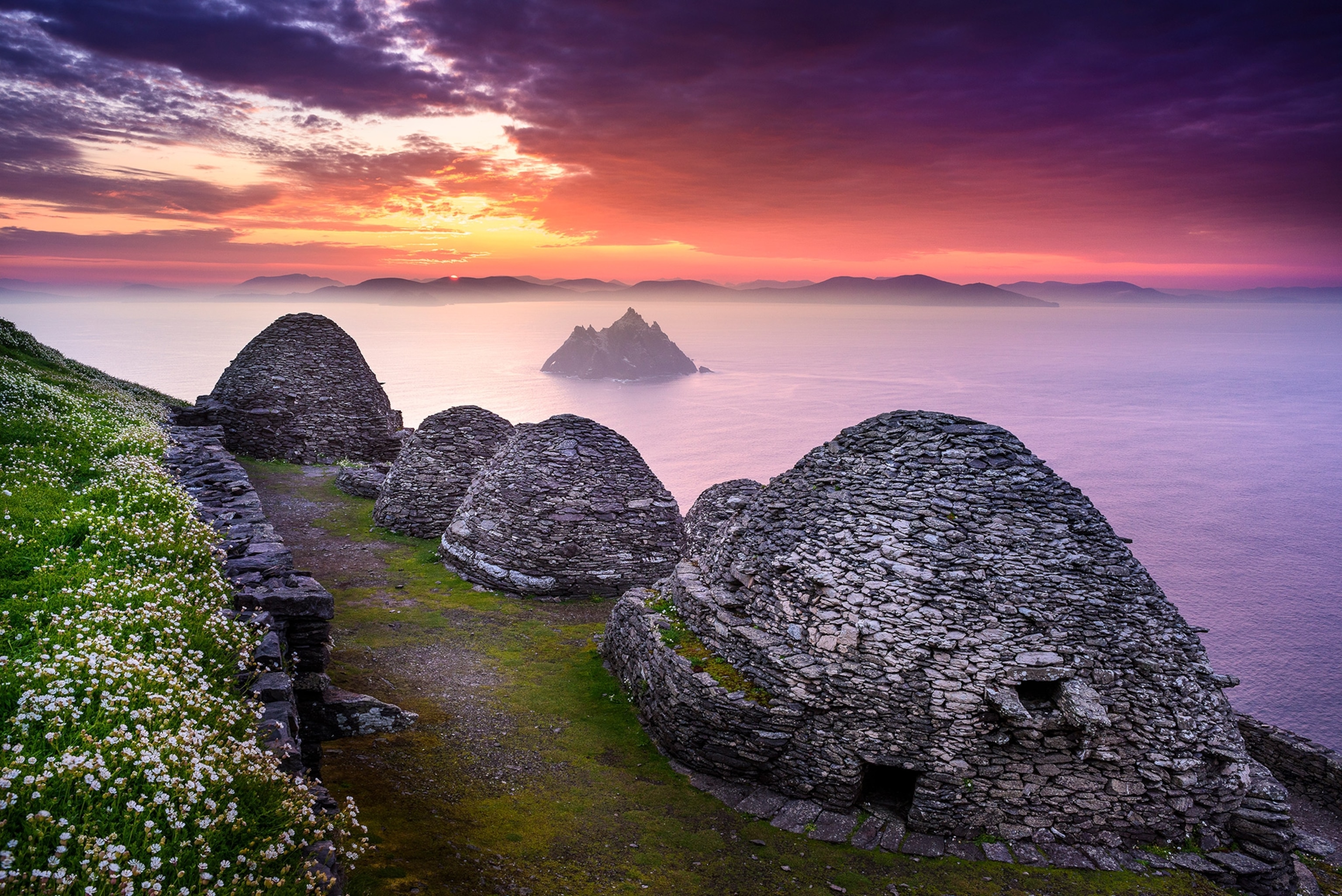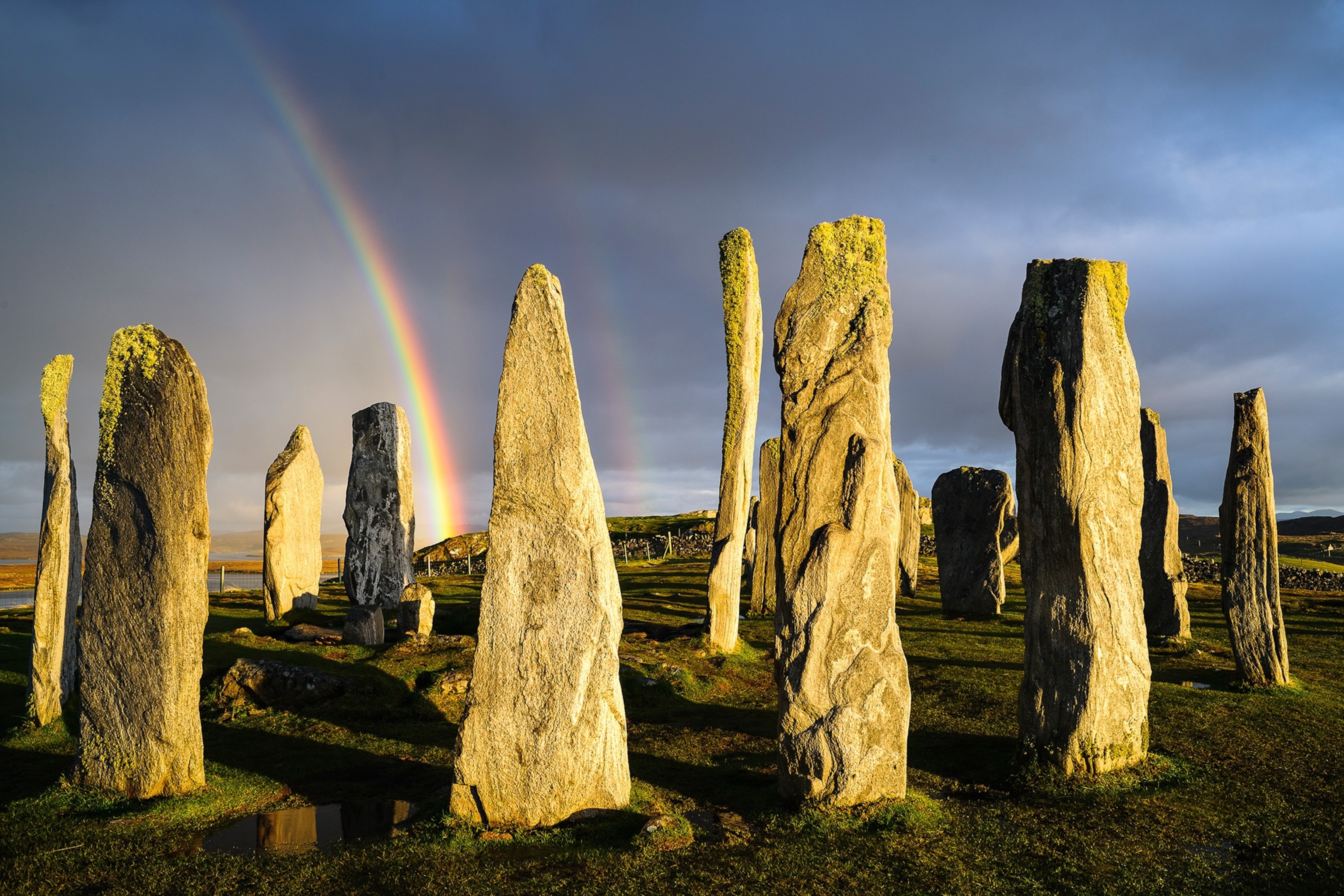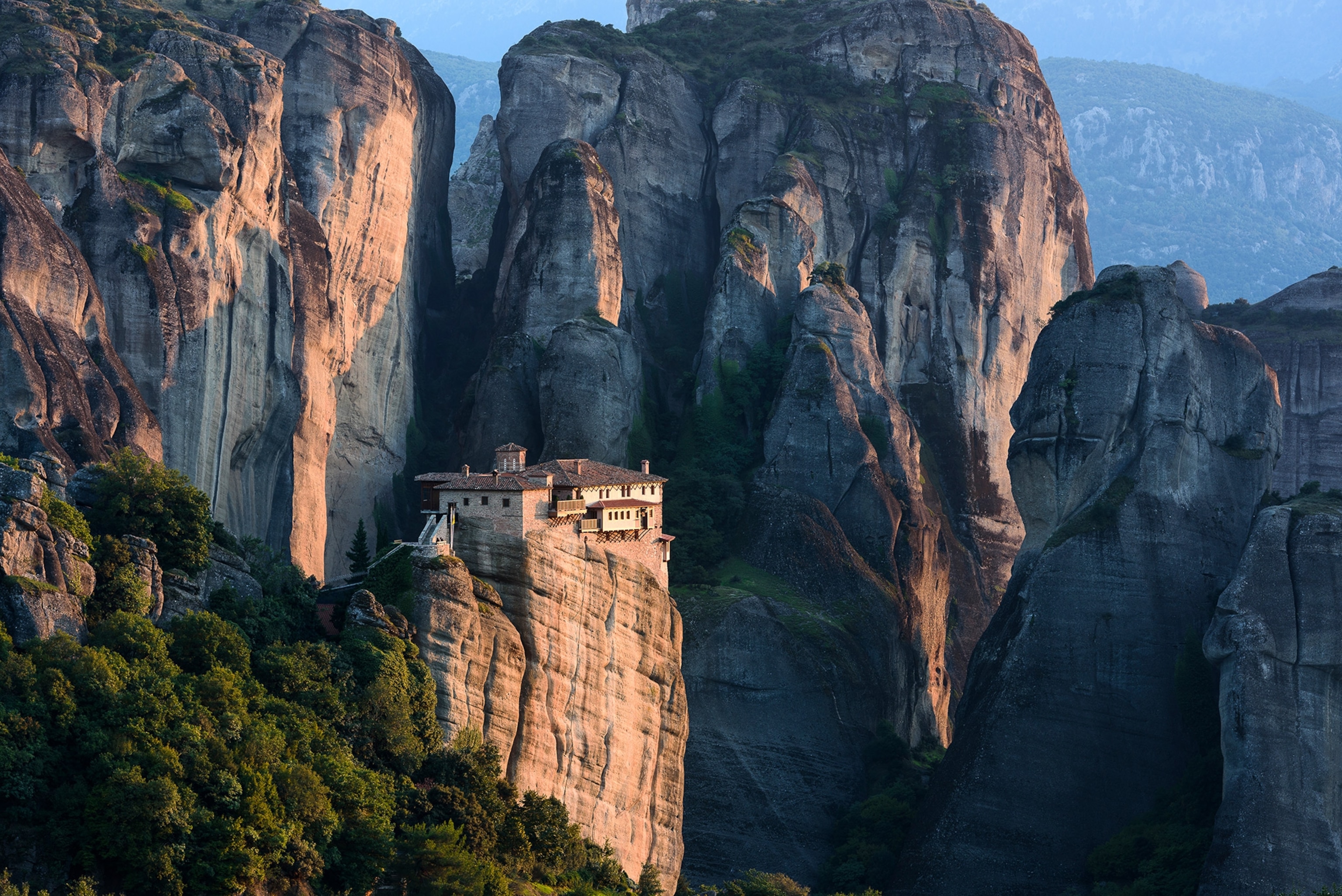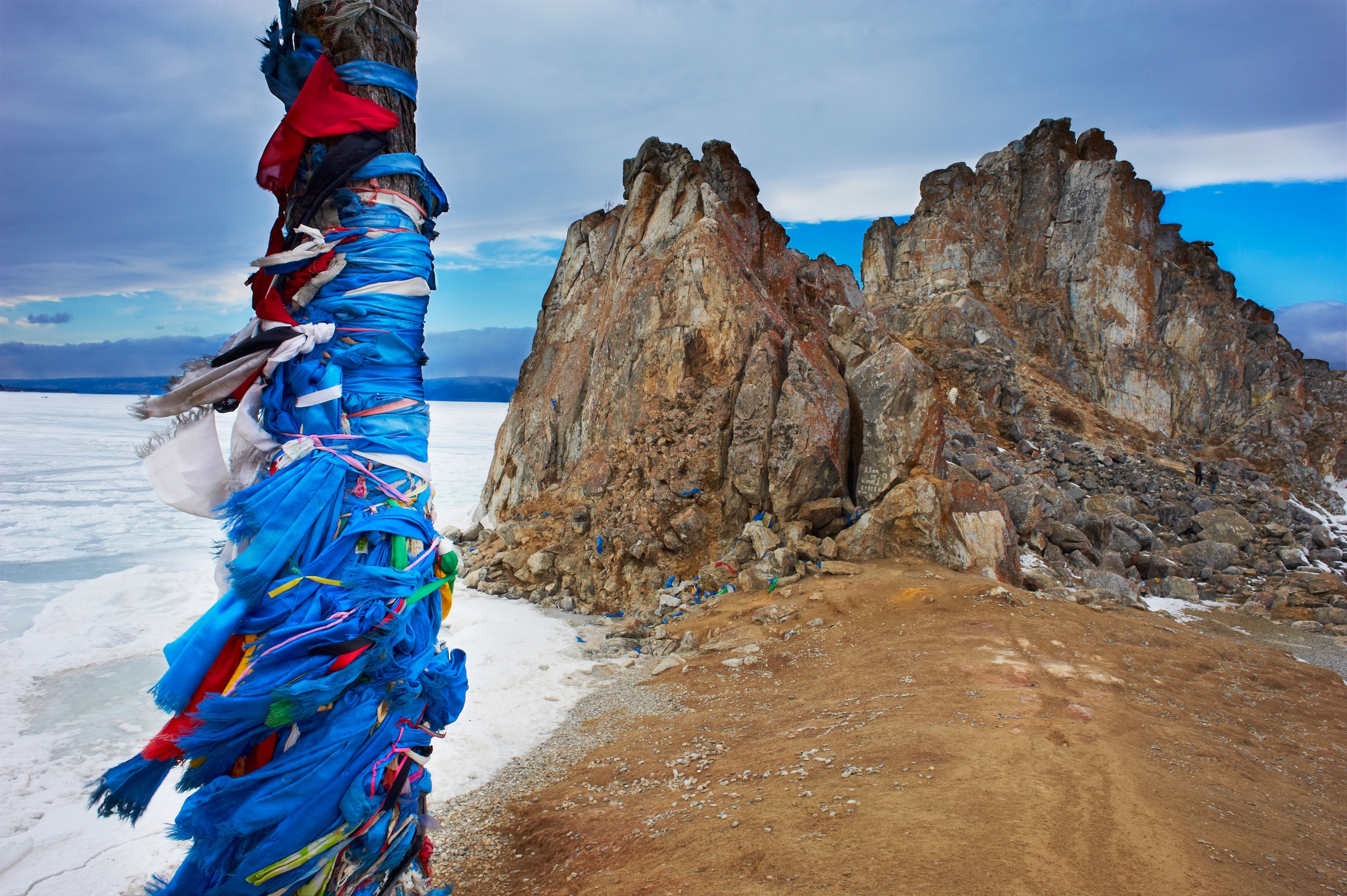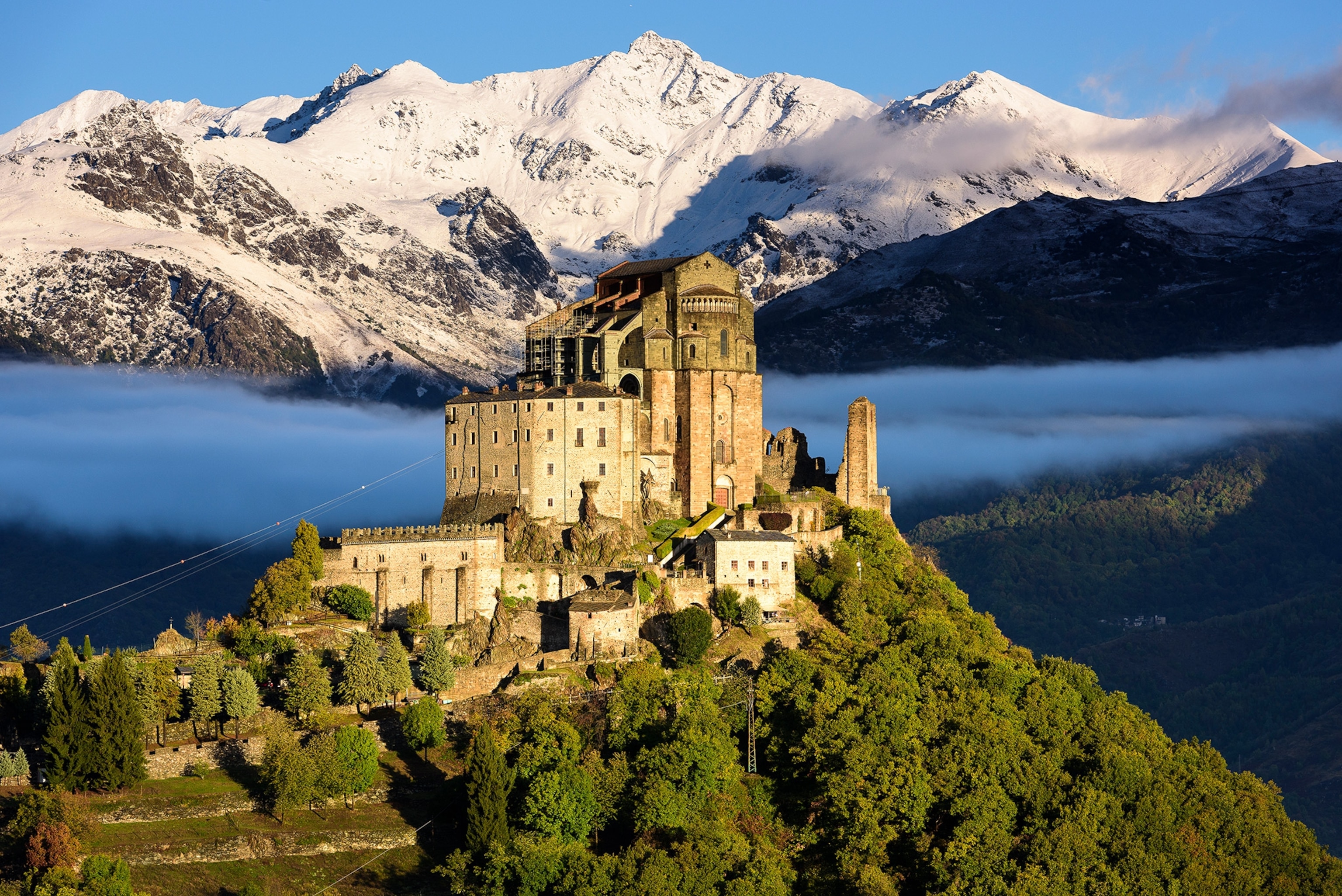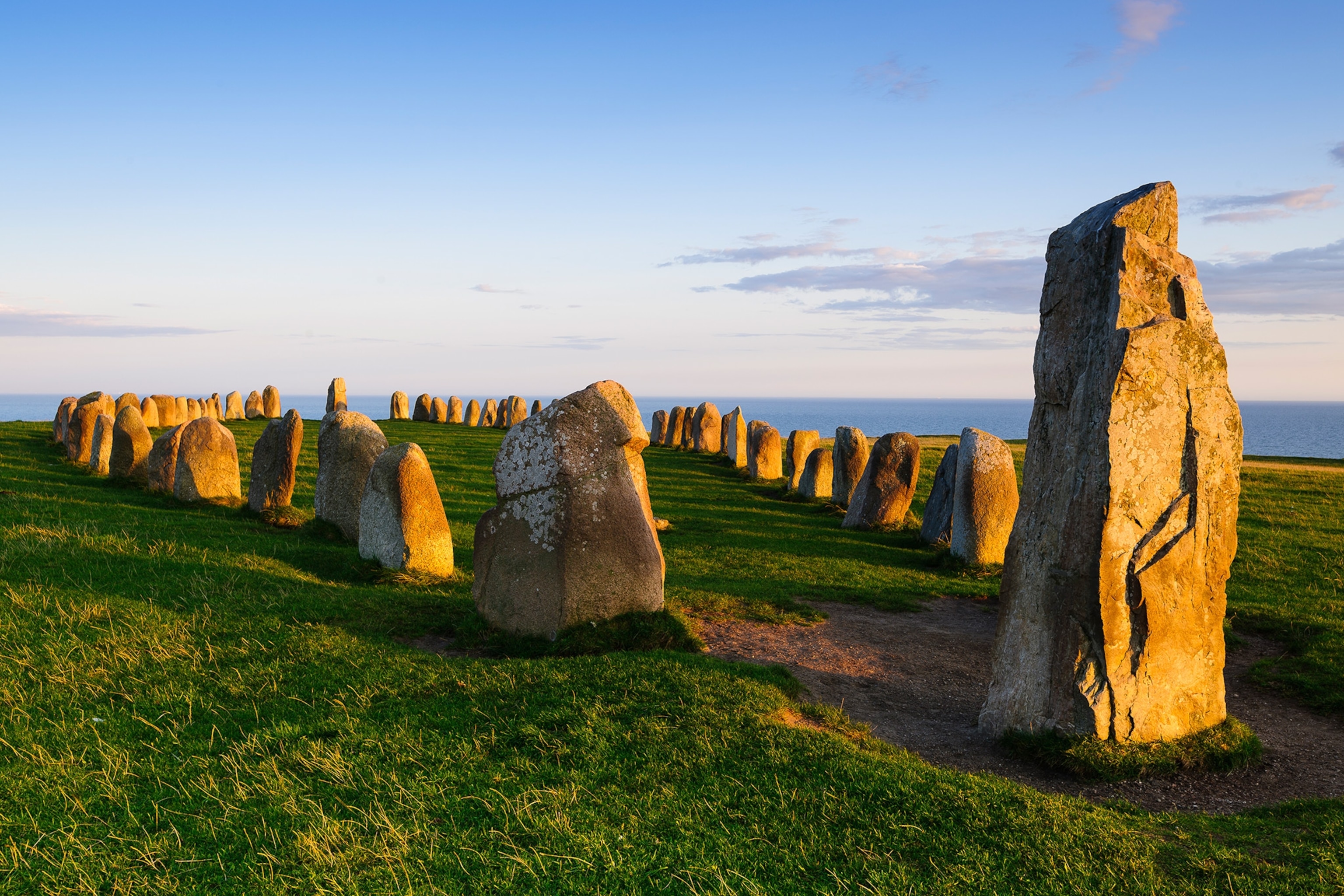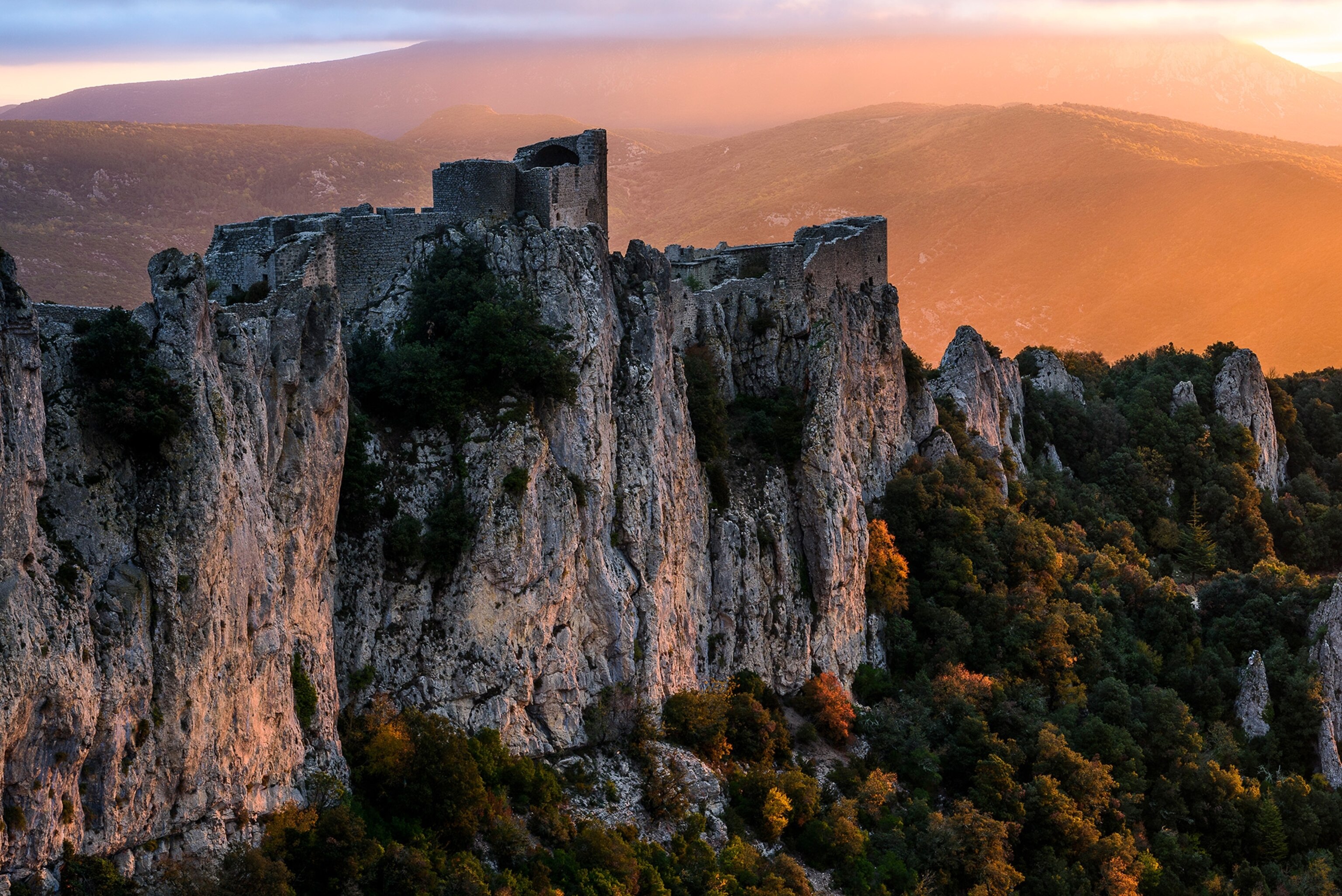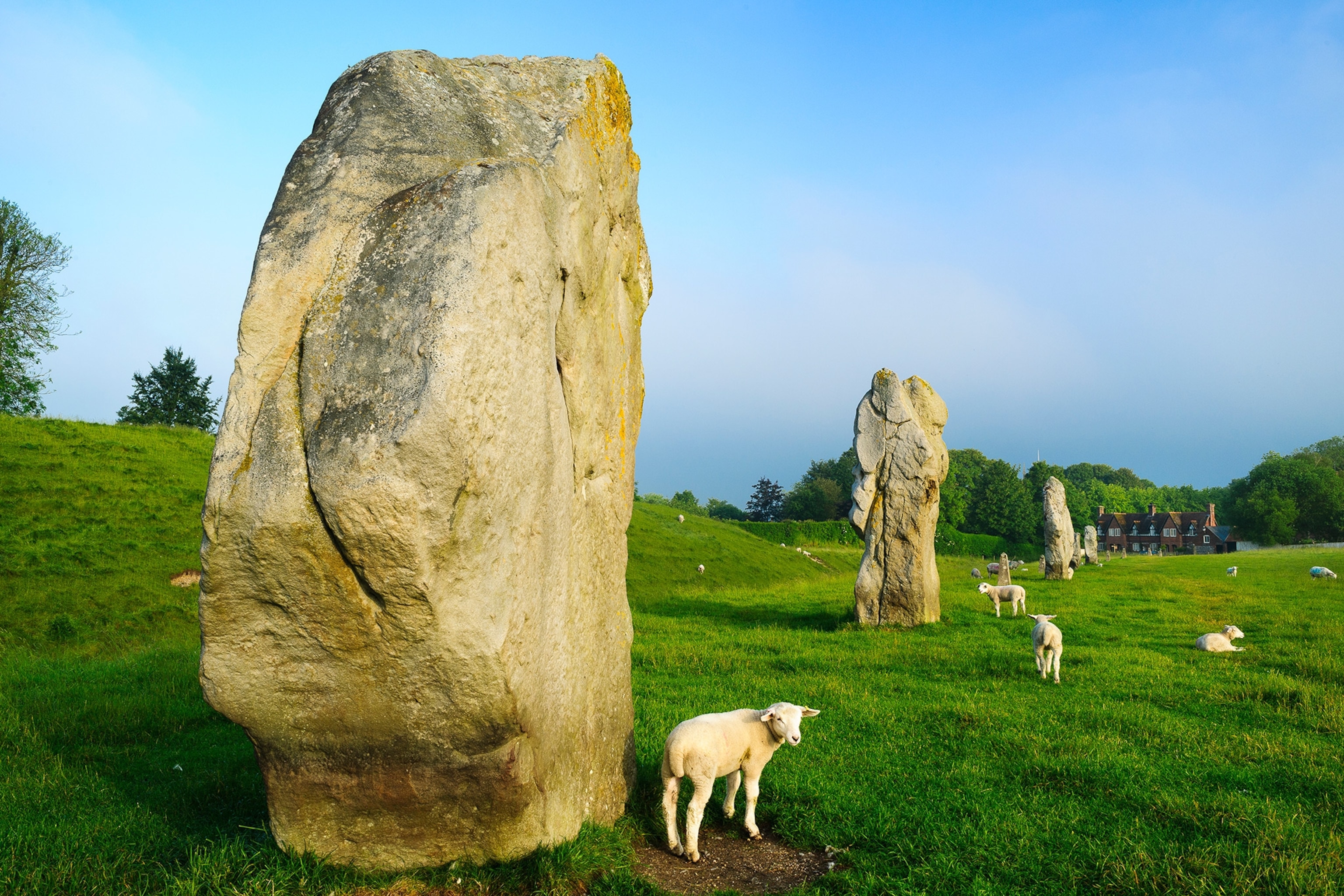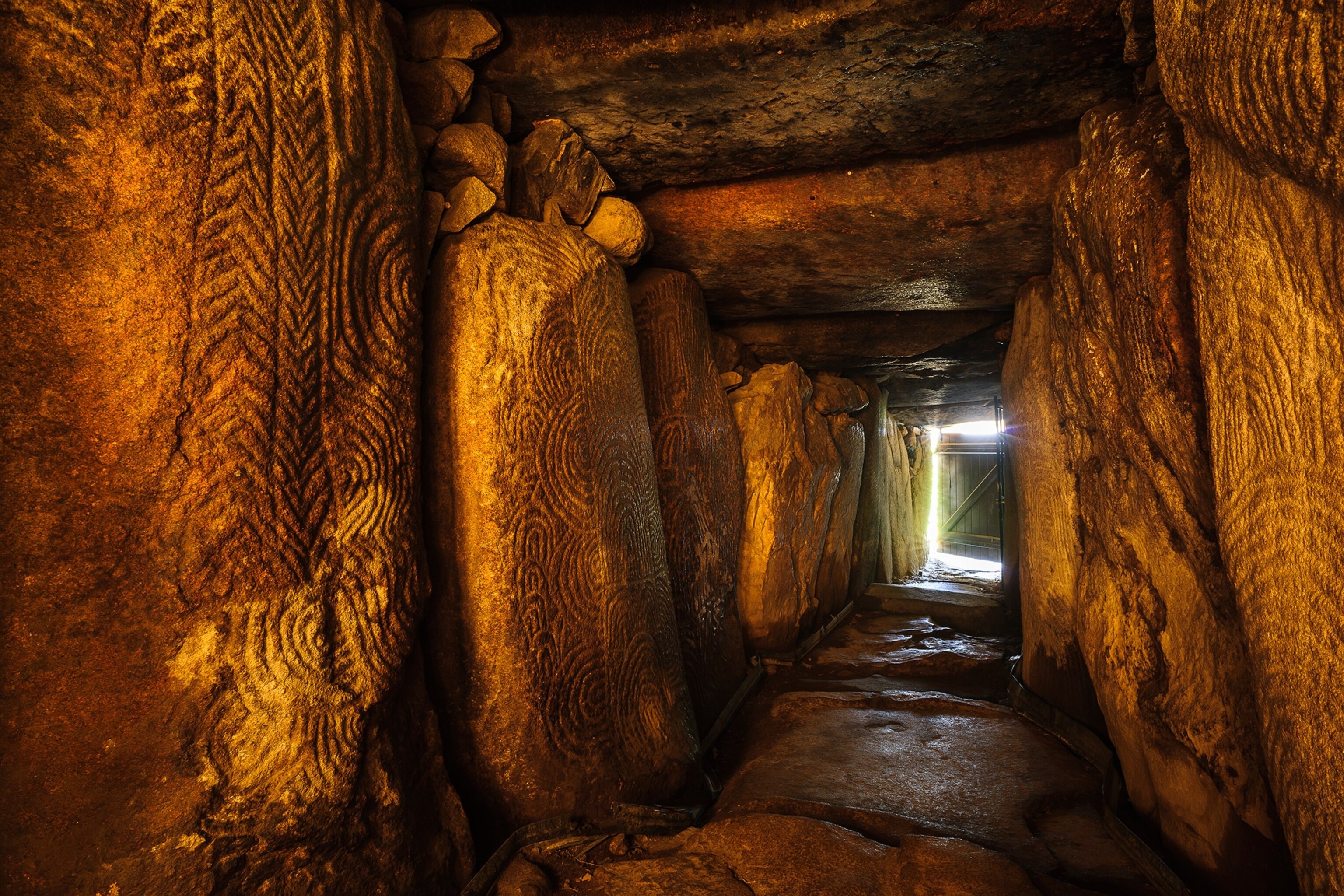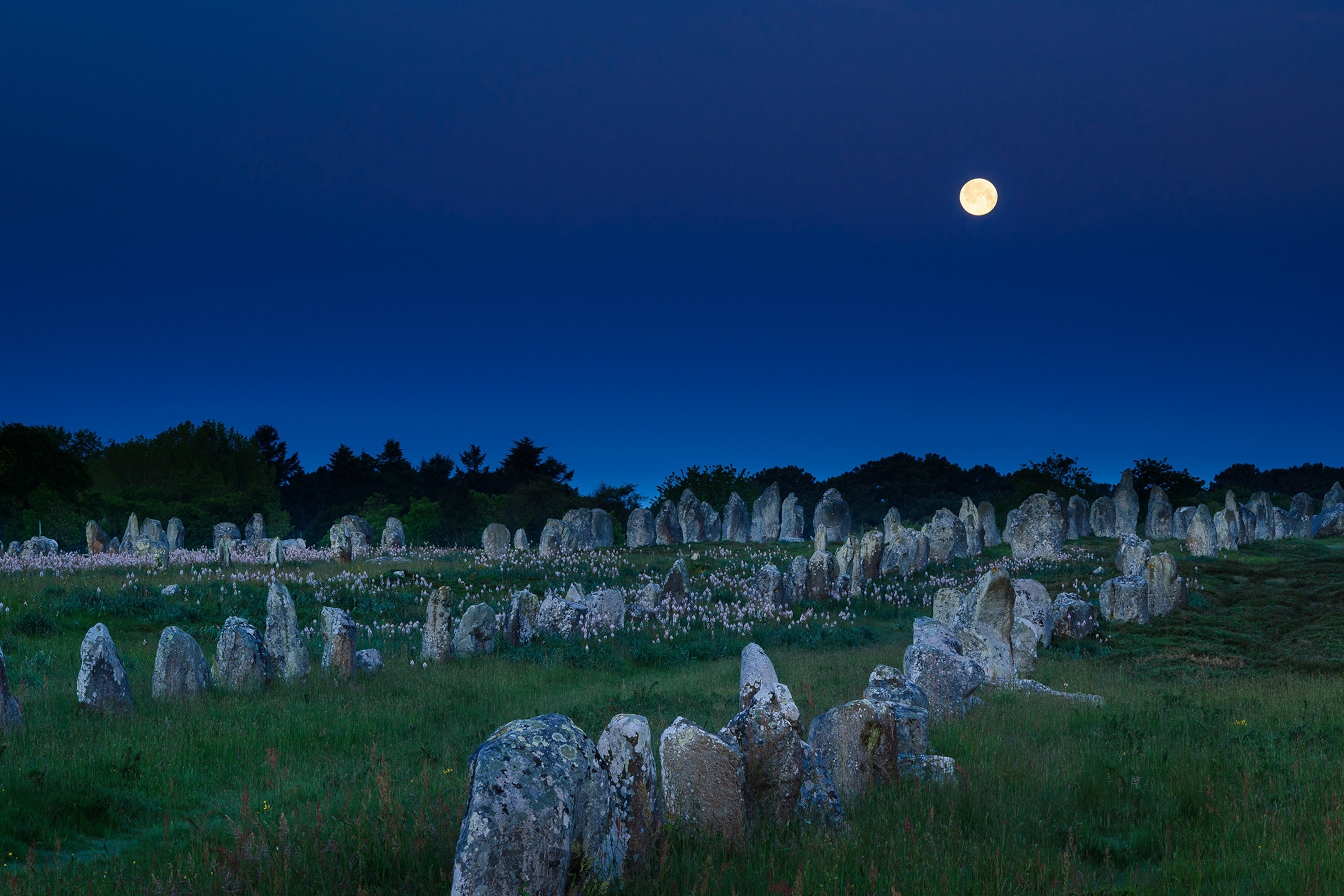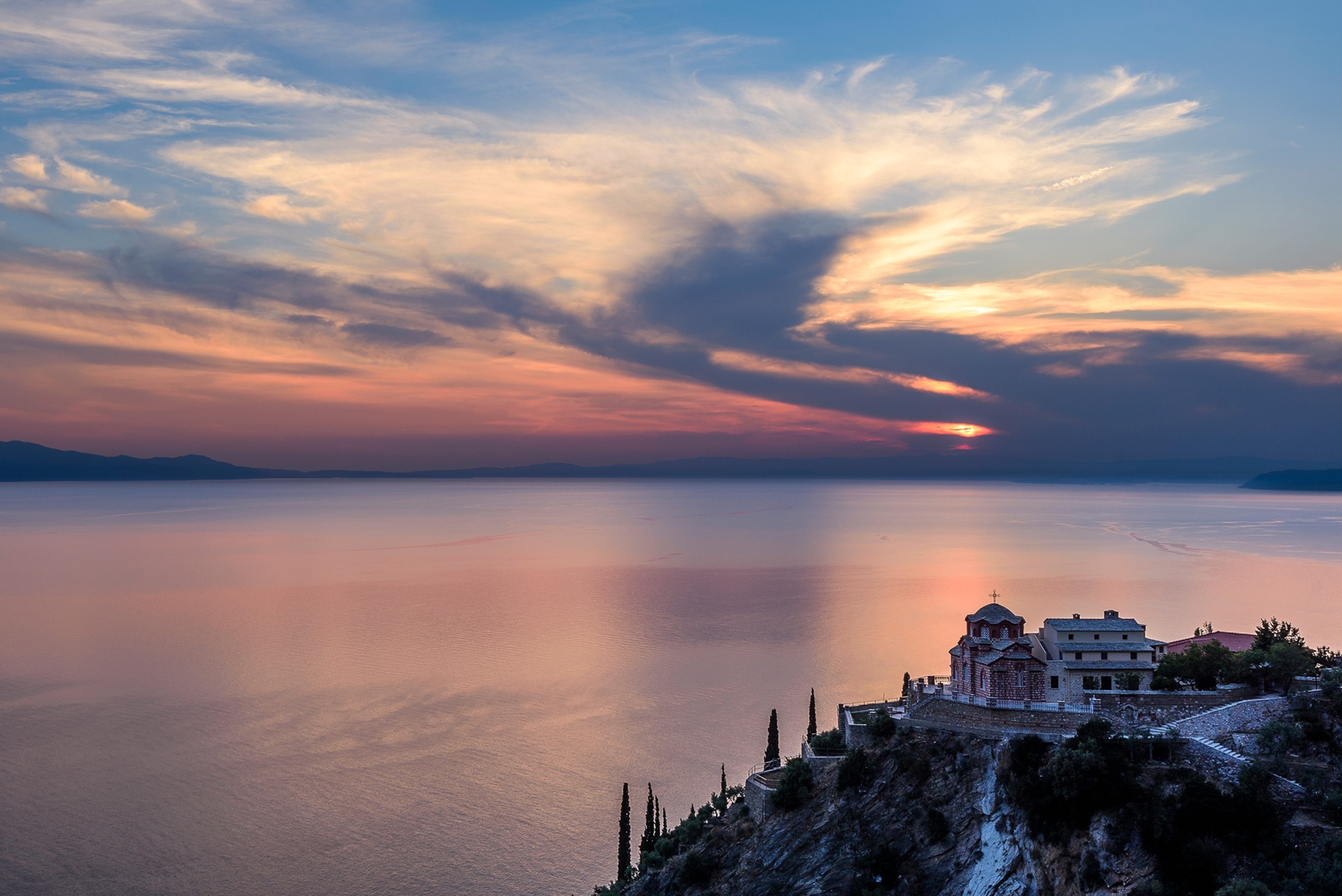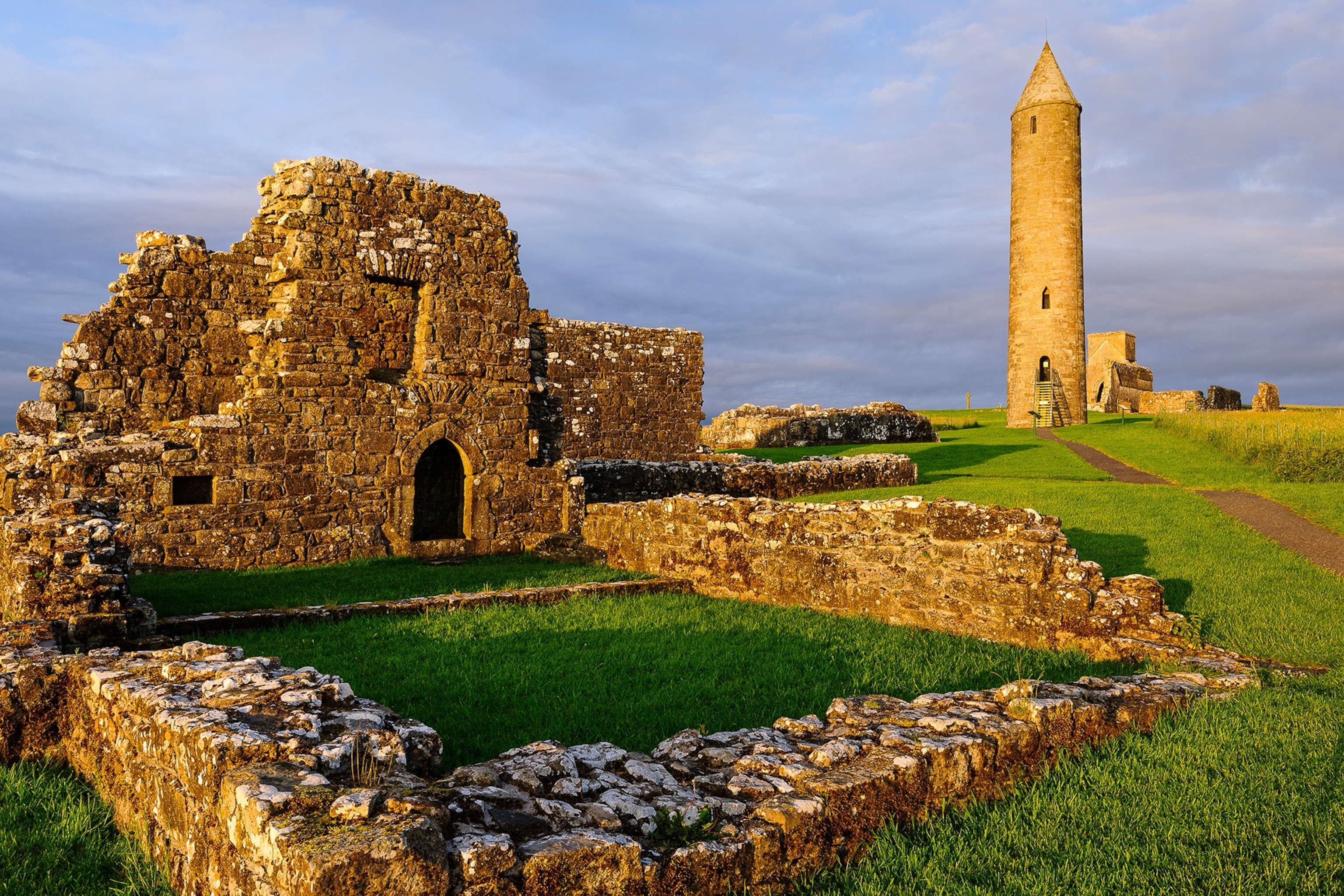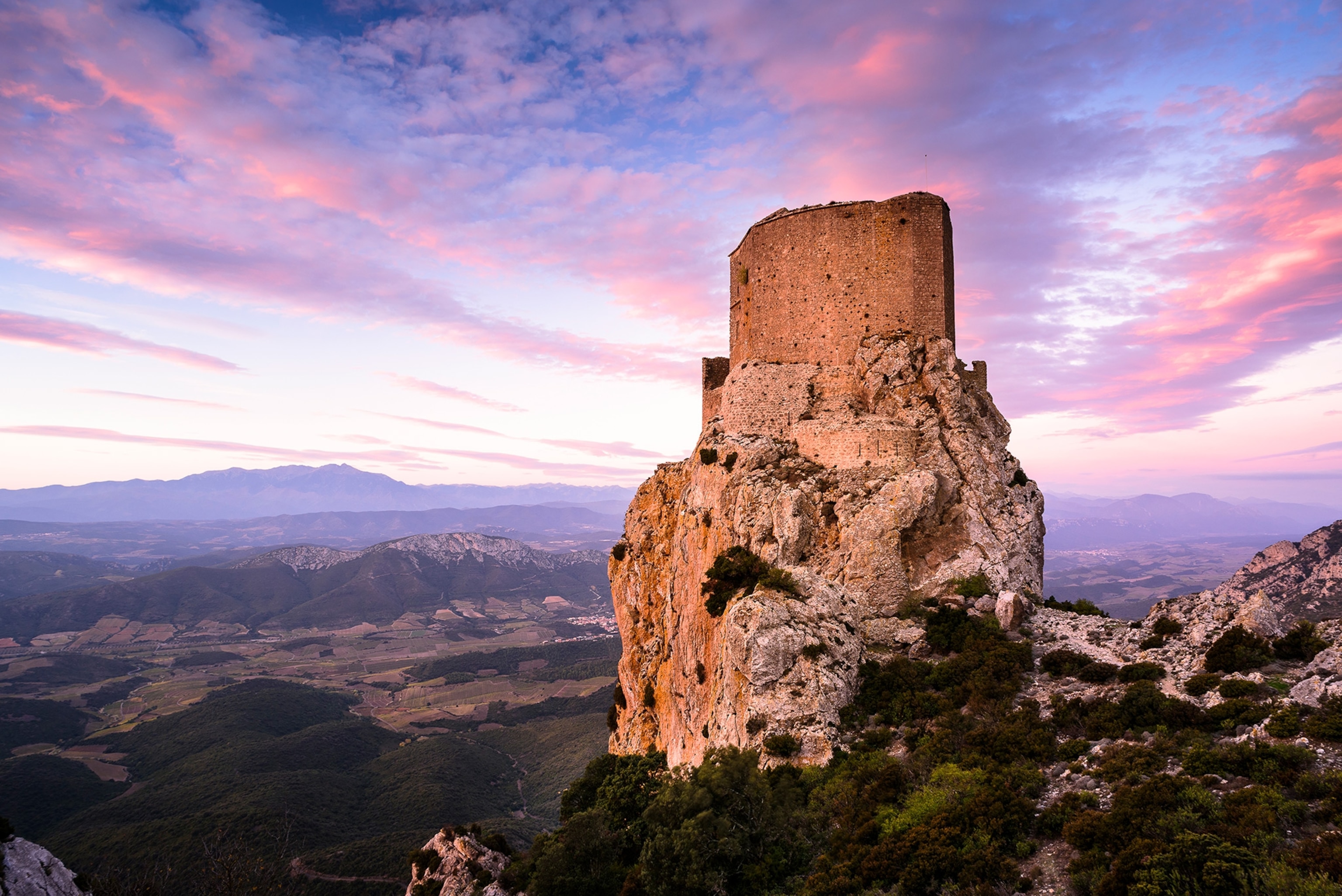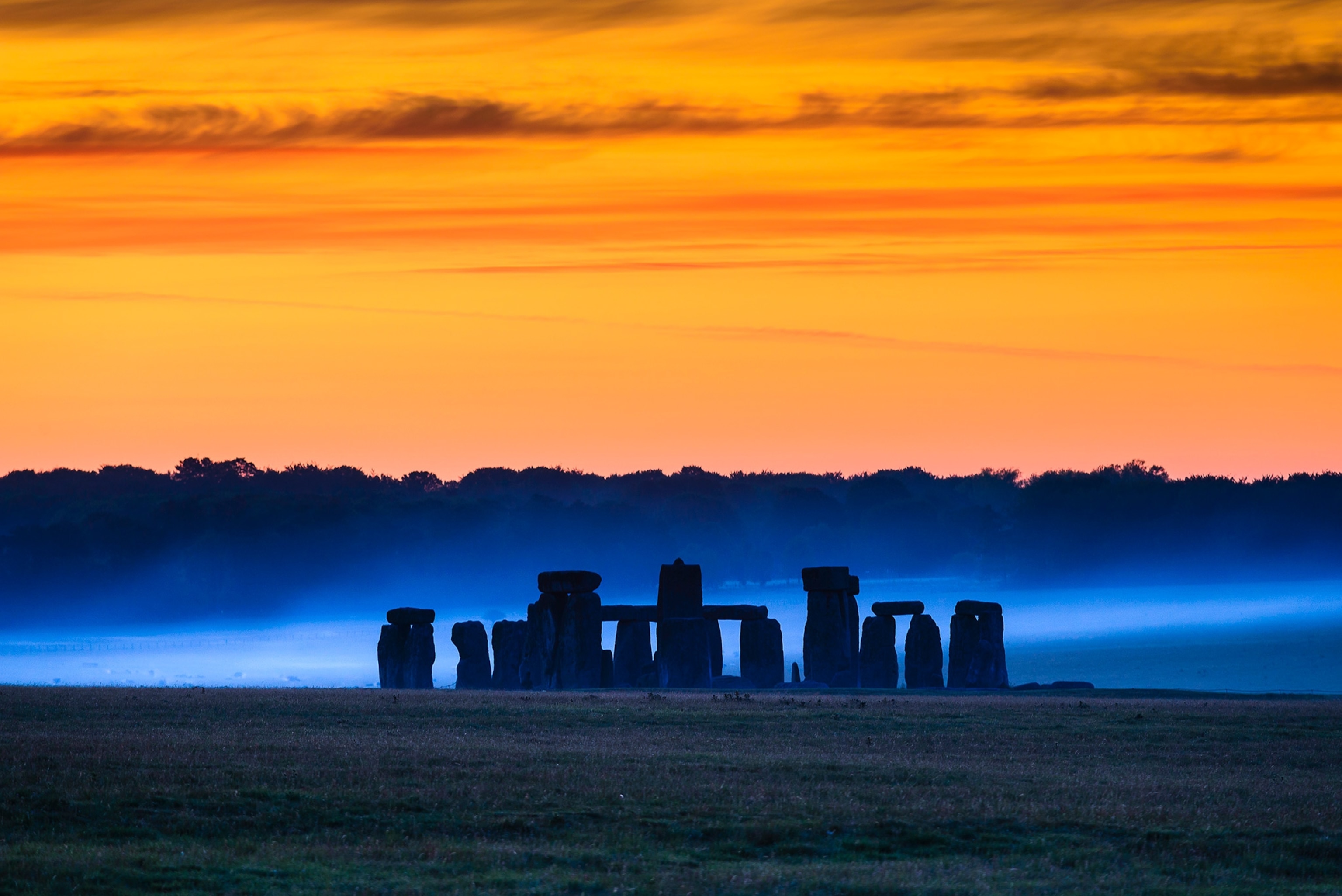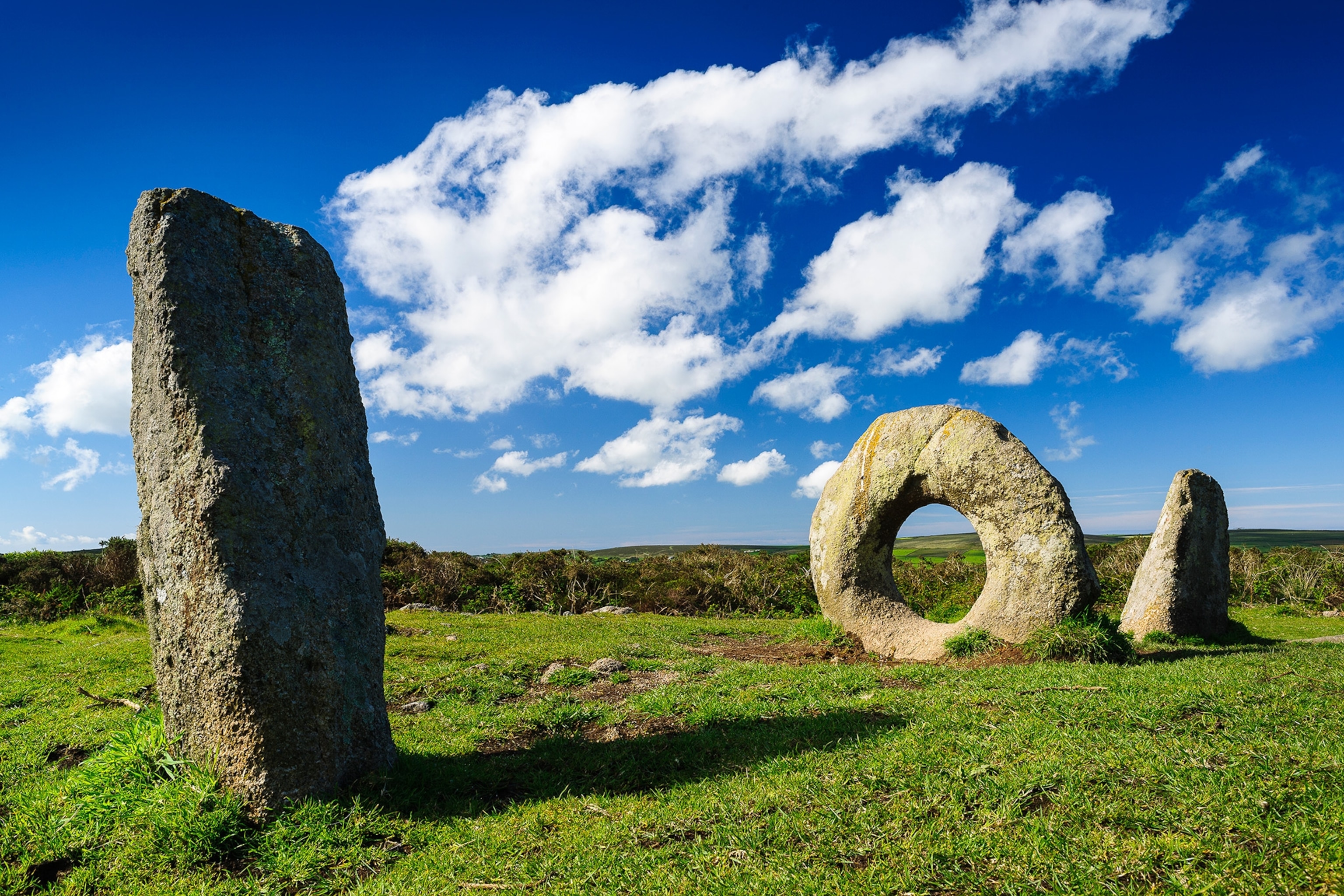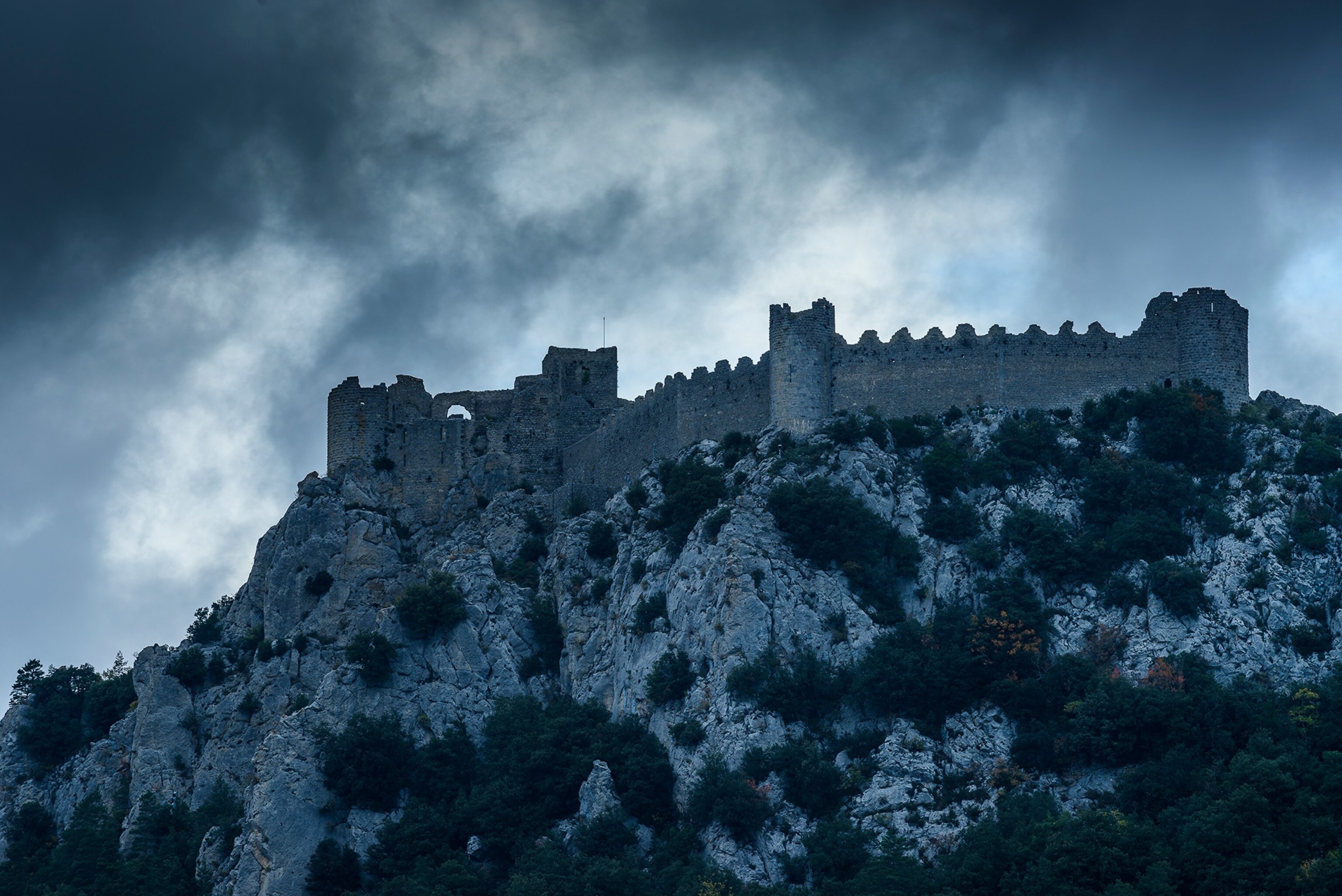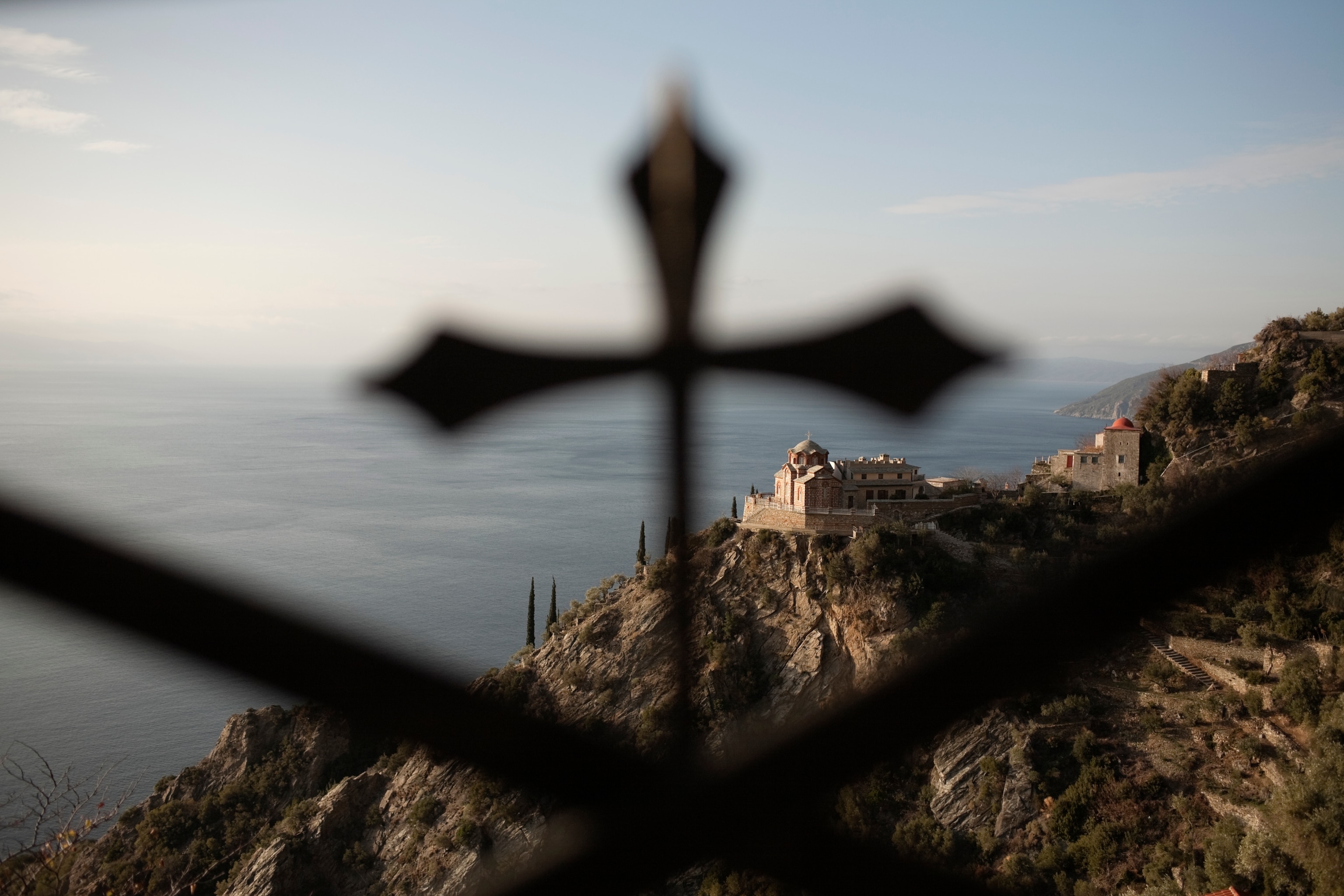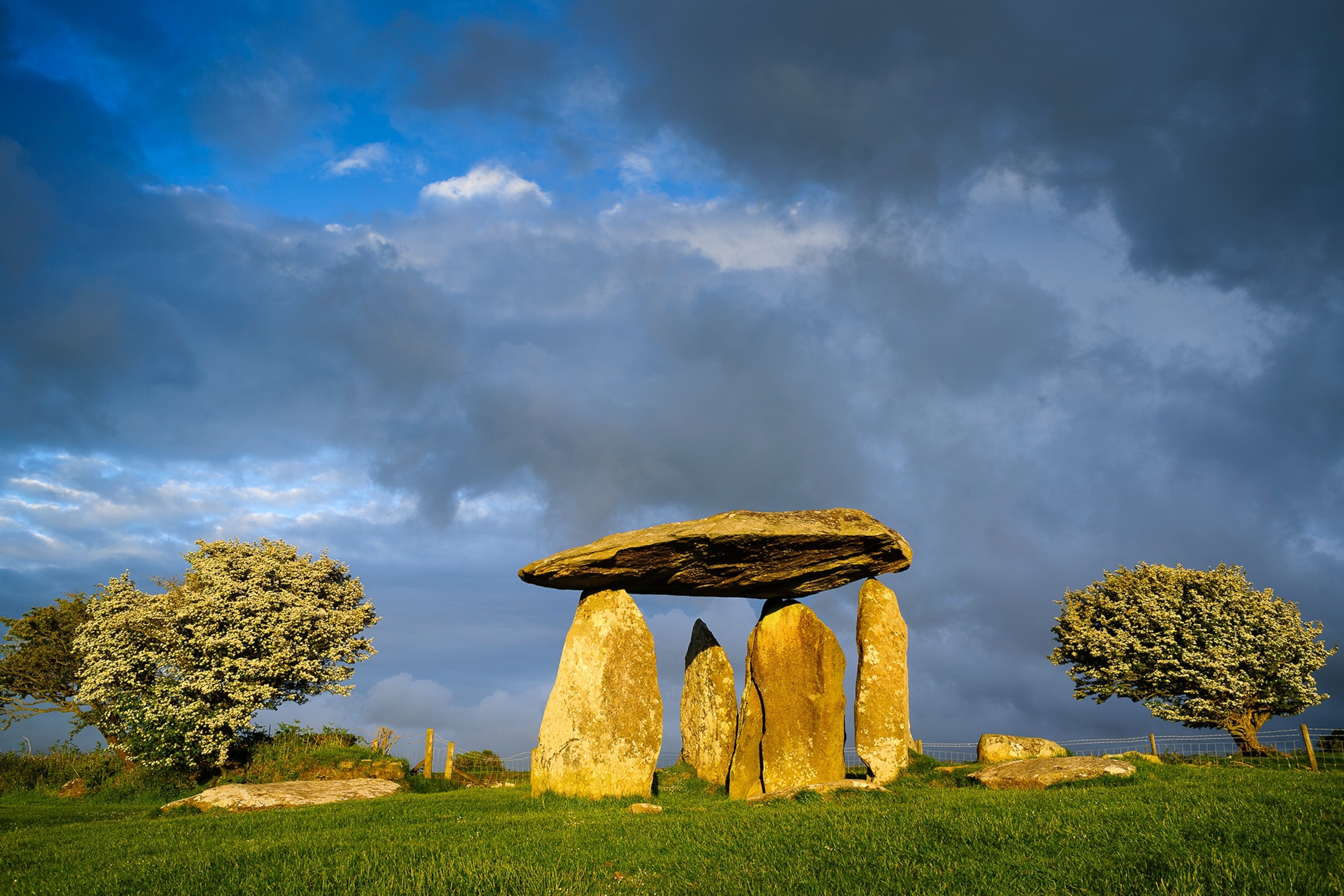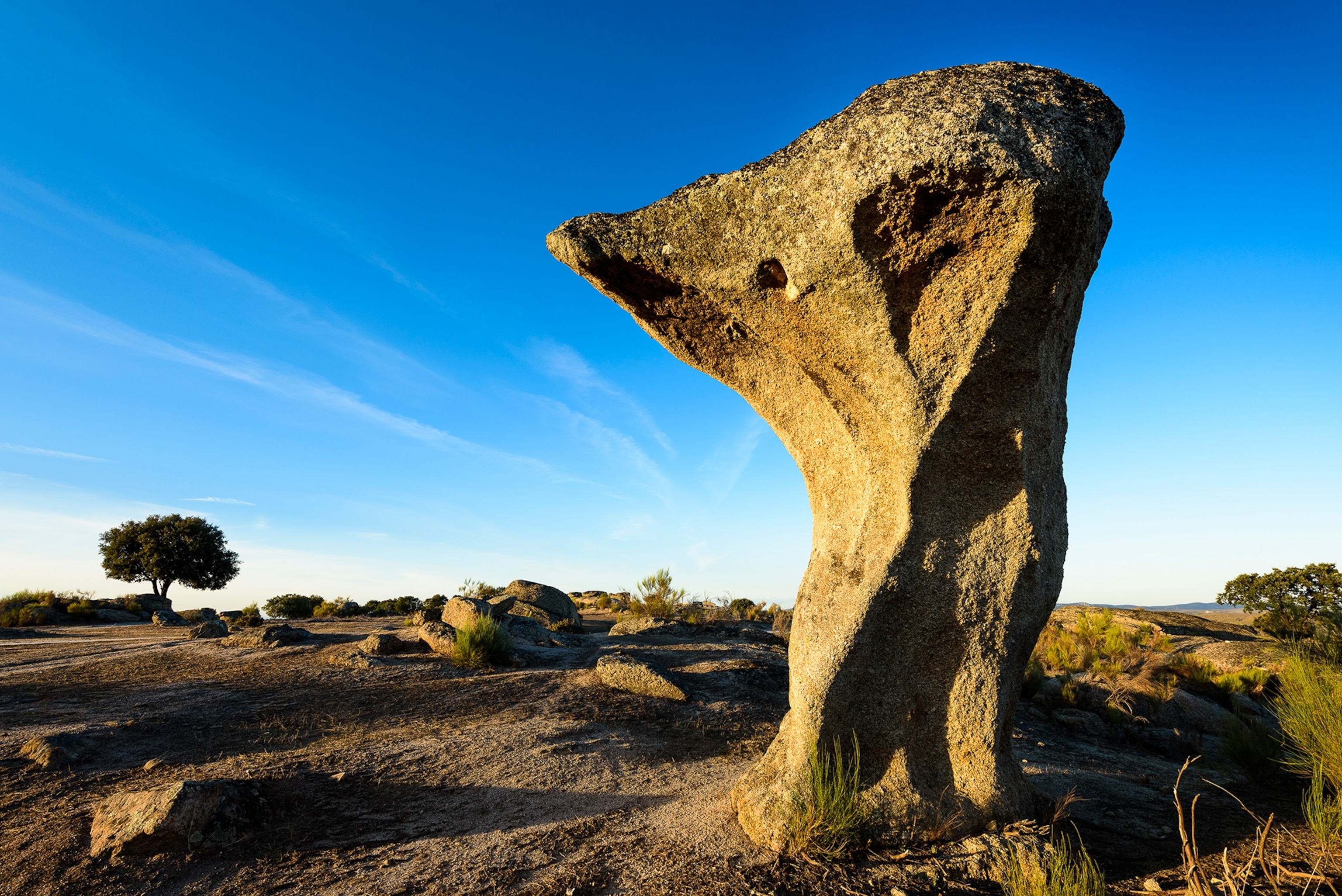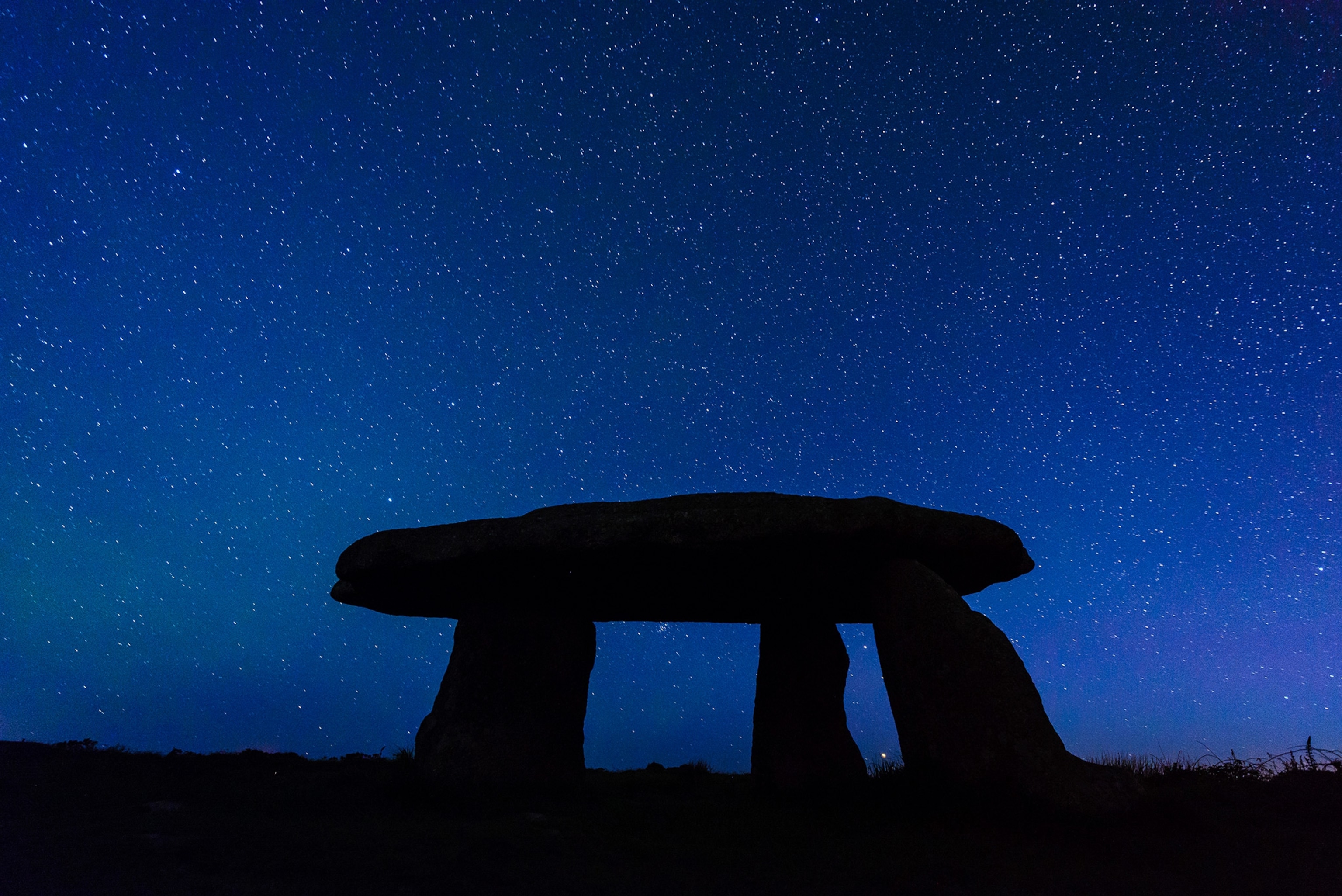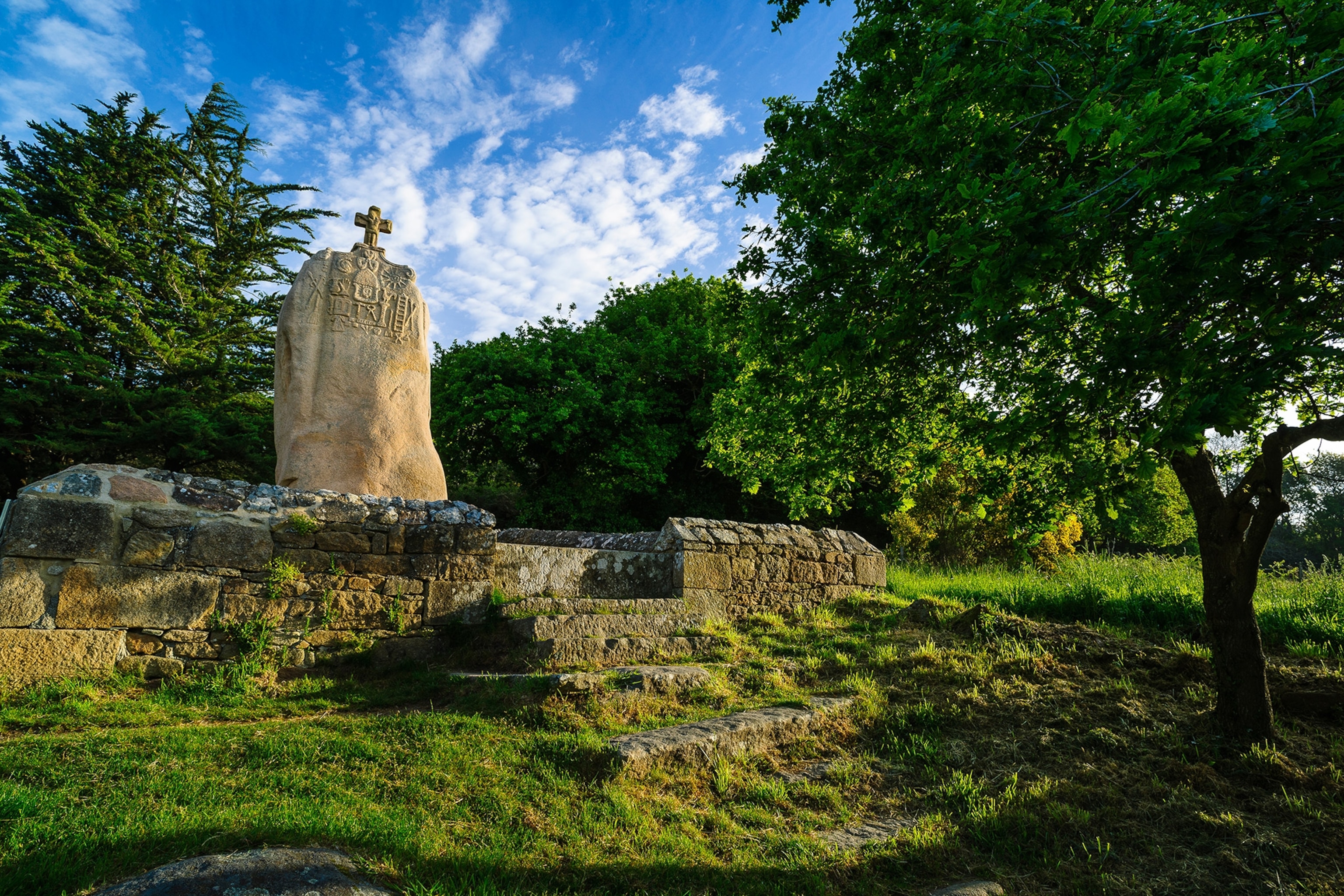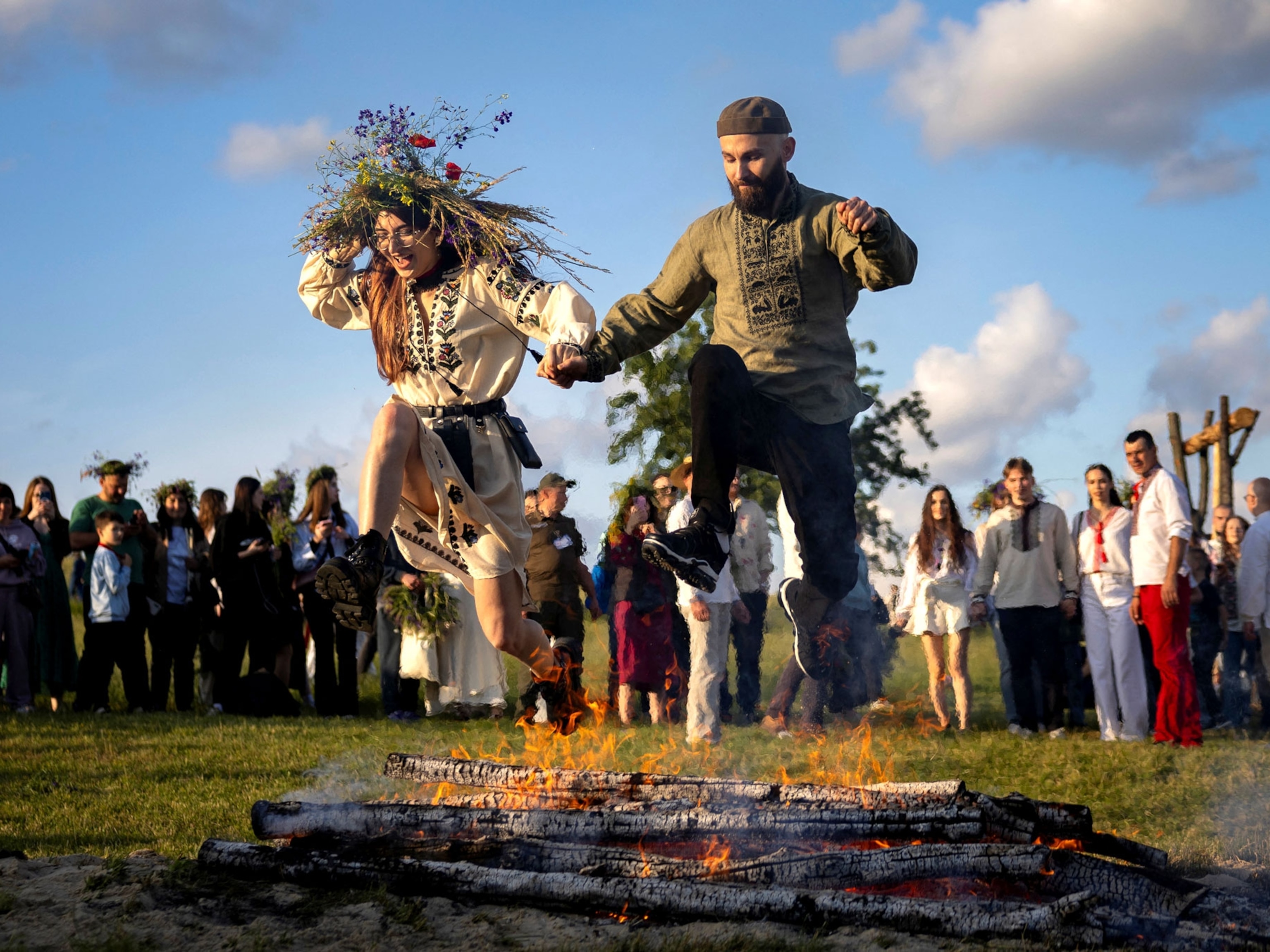These are some of Europe’s most sacred sites
From Neolithic stone circles to monasteries clinging to cliffs, these awe-inspiring spiritual retreats stand the test of time.
In these difficult times, embarking on meaningful journeys has never resonated more. It’s no wonder that, since the pandemic began, people of all faiths have been going on pilgrimages to sacred sites.
Traveling to the farthest reaches of the world in search of solace and enlightenment is an age-old practice. During the Neolithic period, mystics moved monoliths weighing several tons over a hundred miles to erect stone structures for celebrations and rituals. Around the sixth century, a group of ascetic monks withdrew from society to crags rising from the ocean. Over the following centuries, other religious groups, aiming to be closer to the heavens, established precipitous monasteries hanging from cliffs.
Today’s travelers retrace these well-worn paths. They transport visitors back in time to explore mysteries and relics of past civilizations. Hikers set former mountain strongholds, such as France’s Château de Puilaurens, as their lofty goal, while others learn the art of disconnection from monks at Greece’s Mount Athos. Thousands follow the footsteps of our Neolithic ancestors to England to catch the rising sun at Stonehenge and Avebury during summer and winter solstice.
Now more than ever, historical and spiritual destinations capture our imaginations, underscoring their timelessness. Here are a few of our favorite sites in Europe.
- National Geographic Expeditions
This story has been updated since it first published on May 10, 2019.
